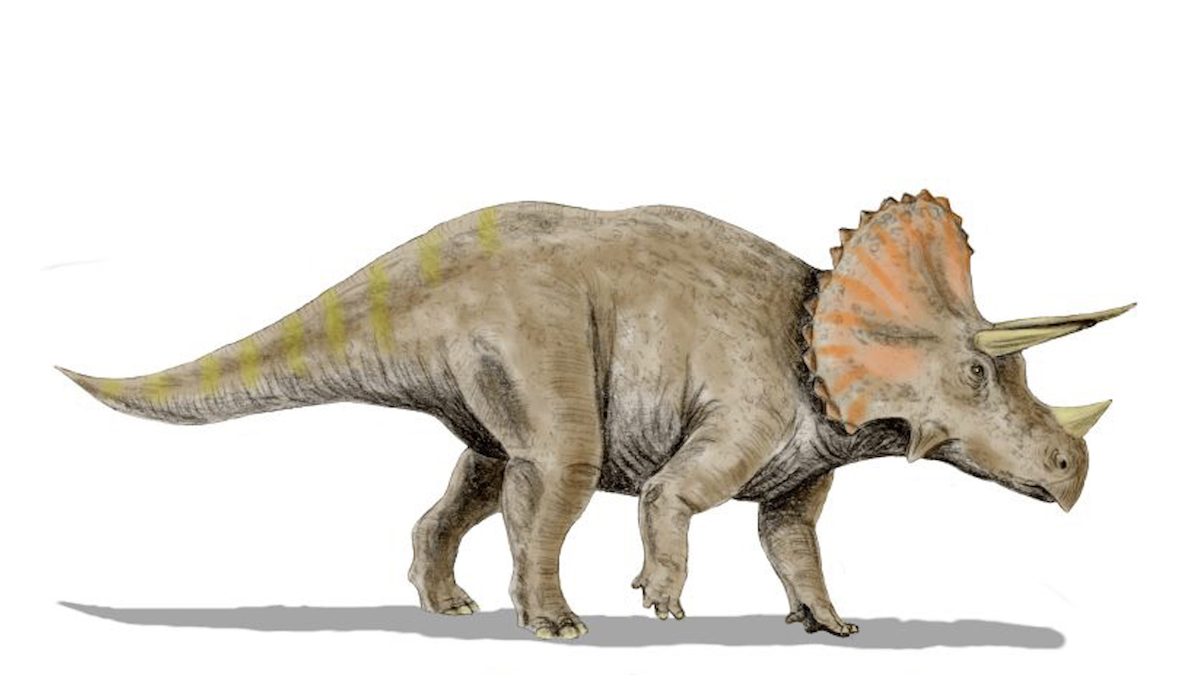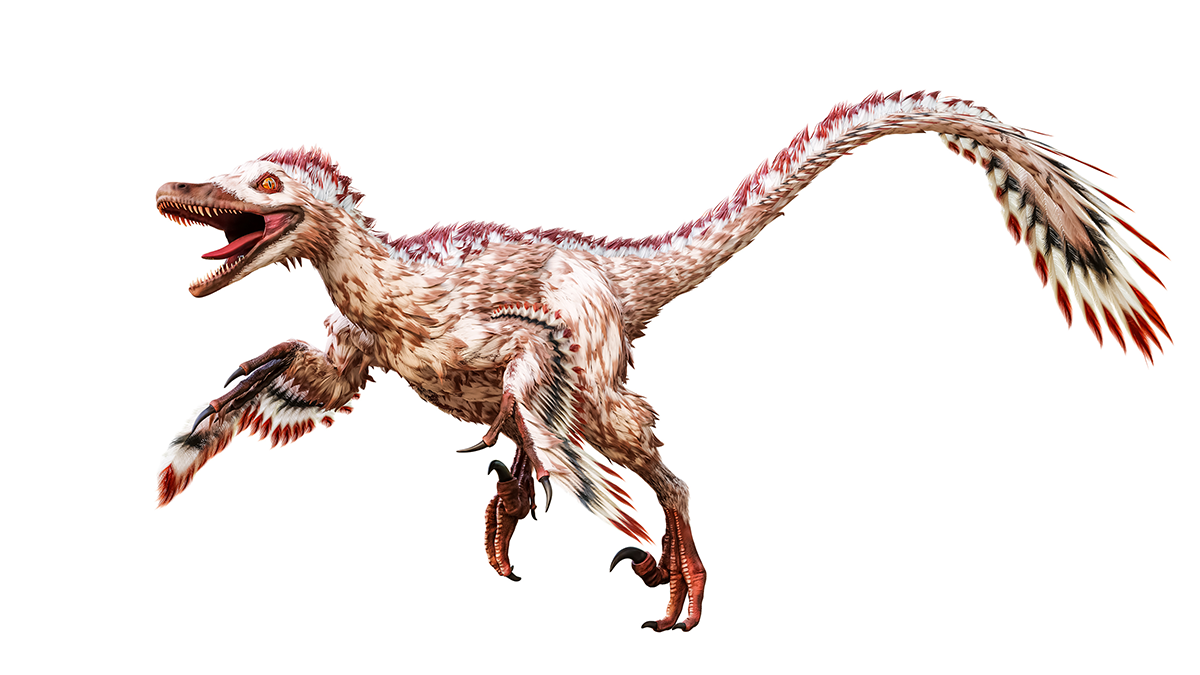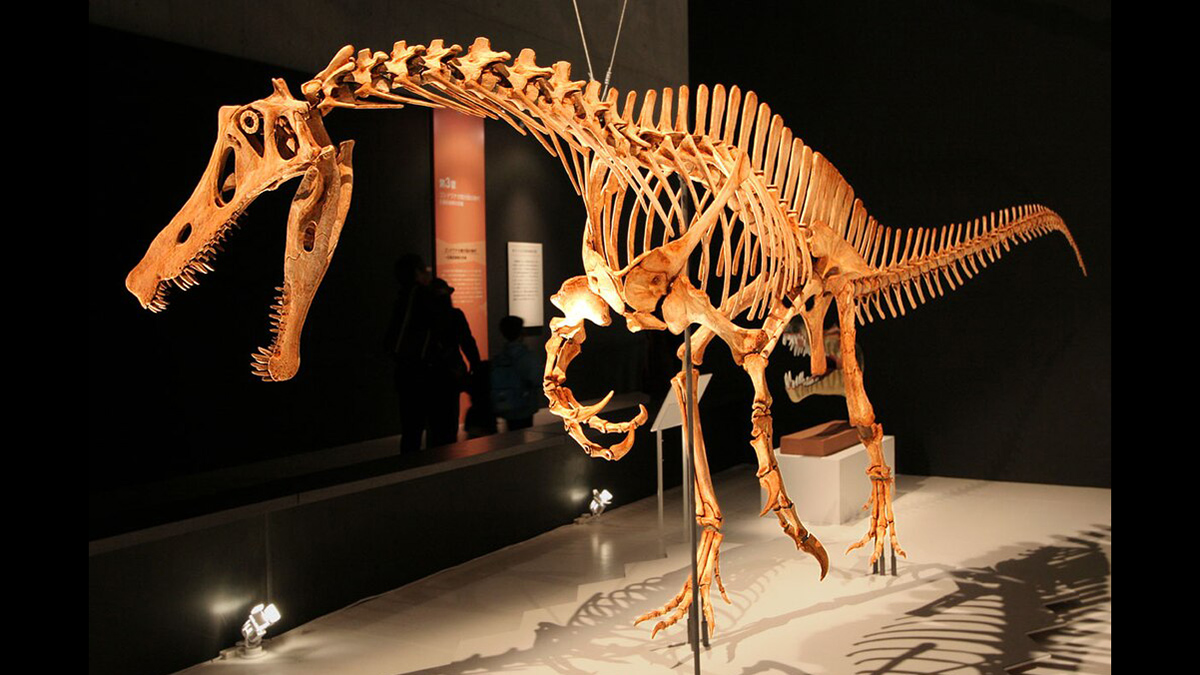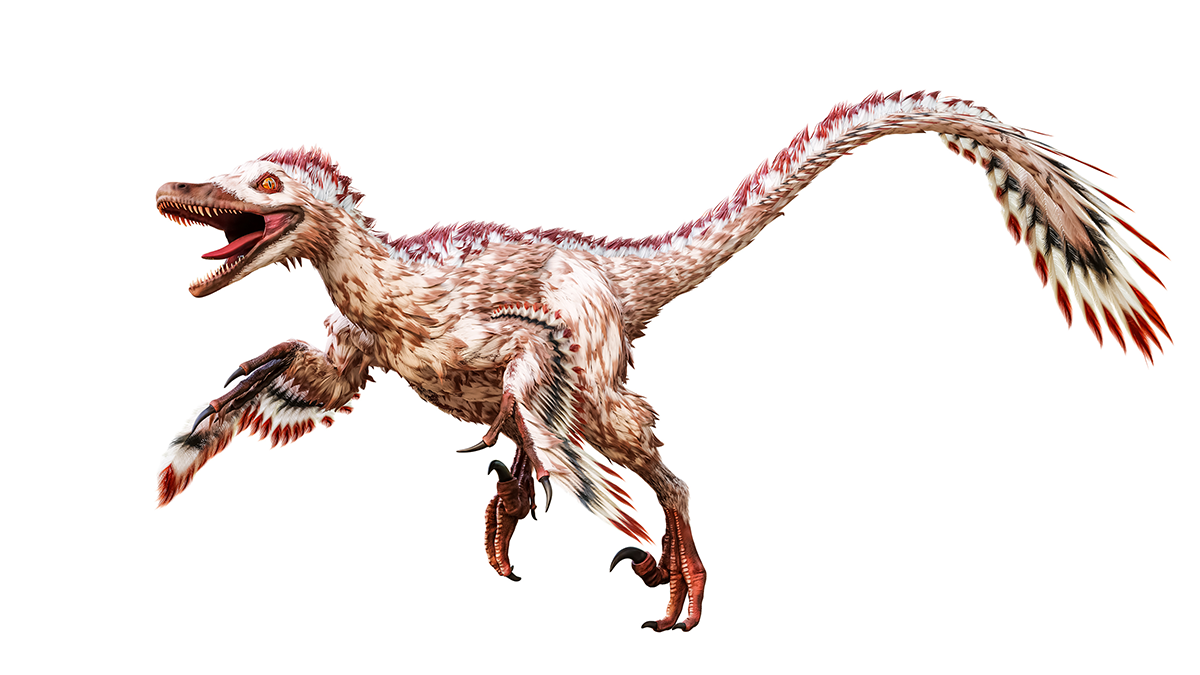Late Cretaceous dinosaurs may have cut back vegetation, creating large floodplains. When the asteroid hit, those floodplains became forests, a new study argues.
dinosaurs
A Exportação Ilegal de Fósseis É Mais do que um Irritante para o Sul Global
Mais de 2 mil pesquisadores assinaram carta aberta solicitando a repatriação do fóssil de um dinossauro para o Brasil. Alguns dizem que o caso destaca um padrão de colonialismo científico na paleontologia.
La exportación ilegal de fósiles es más que un Irritator para el Sur Global
Más de 2,000 investigadores han firmado una carta abierta solicitando la repatriación del fósil de dinosaurio a Brasil. Algunos afirman que el caso pone de manifiesto un modelo de colonialismo científico en la paleontología.
Illegal Fossil Export Is More Than an Irritator to the Global South
More than 2,000 researchers have signed an open letter requesting the repatriation of a dinosaur fossil to Brazil. Some say the case highlights a pattern of scientific colonialism in paleontology.
Aline Ghilardi: Fighting Against Colonialism and Sexism in Paleontology
The Brazilian scientist is one of the leading voices in the movement to bring a rare fossil back to Brazil.
Impact Crater off the African Coast May Be Linked to Chicxulub
The underwater crater, spotted serendipitously in commercial observations of seafloor sediments, is believed to have formed at roughly the same time as the famous Cretaceous-Paleogene impact event.
A Post-Impact Deep Freeze for Dinosaurs
New research supports the hypothesis that dinosaurs were done in by climate change after an asteroid impact kicked up a massive plume of sulfur gases that circled the globe for several decades.
Volcanic Winters Ushered in the Jurassic Reign of the Dinosaurs
Sediment cores from northwestern China reveal freezing conditions during the Late Triassic killed off many forms of life—but not dinosaurs.
When Climate Ruled the Dinosaurs of Grand Staircase
Living in Geologic Time: Navigate the prolific boneyards and shifting boundaries of Grand Staircase-Escalante and Bears Ears National Monuments.










